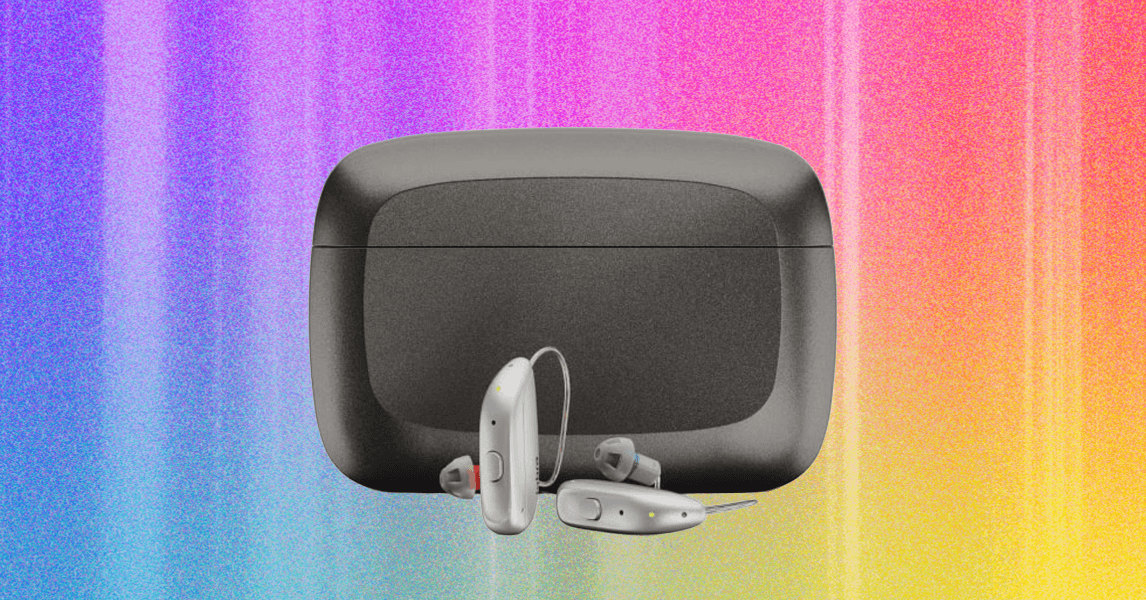Essential Guide to Choosing OTC Hearing Aids: Key Considerations
When investing in over-the-counter (OTC) hearing aids, it is crucial to ensure that you choose a product that addresses your long-term hearing needs effectively. Here, we outline important factors to consider beyond sound quality to help you make an informed decision.
Understanding Hearing Aid Types: BTE vs. ITE
Hearing aids are generally categorized into two main types: Behind-the-Ear (BTE) and In-the-Ear (ITE).
Behind-the-Ear (BTE) Hearing Aids
BTE hearing aids consist of a plastic casing that houses the electronic components, a slender tubing that rests over the ear, and a small speaker called a "receiver" that amplifies external sounds directly into the ear canal. This traditional style has evolved significantly, with modern BTE models being notably more compact than earlier versions.
In-the-Ear (ITE) Hearing Aids
ITE hearing aids are integrated devices resembling standard wireless earbuds. They are favored for their discreet appearance and convenience, making them easier to insert and remove compared to their BTE counterparts. The choice between these styles ultimately comes down to personal comfort and aesthetic preferences.
Battery Options: Rechargeable vs. Replaceable
Another critical factor is the type of battery that powers your hearing aids. Many OTC models come with rechargeable batteries and are often packaged with a portable charging case, usually allowing for about one week of usage before needing a recharge. These devices typically offer between 10 to 24 hours of battery life per single charge, with the duration reducing during Bluetooth streaming.
Conversely, some models, such as the Sony CRE-C10, utilize replaceable batteries that can last upwards of 70 hours. However, managing tiny batteries can be cumbersome for users with limited dexterity.
Adjustability and User Control
Unlike prescription hearing aids that require adjustments by a qualified hearing care professional, OTC options are designed for self-fitting. Users often rely on smartphone applications to customize their settings when necessary. While this flexibility can be a benefit, it may also lead to reduced personalized support compared to professional fitting services.
Customer Support Considerations
The level of customer service varies significantly among OTC hearing aid manufacturers. Some companies, like Jabra, provide extensive support, while others may not offer adequate customer assistance. It is essential to research the availability and quality of customer support before making your purchase.
Trial Period: A Safety Net for Purchases
Many states mandate that hearing aid manufacturers offer a minimum trial period, allowing customers to return products if unsatisfied. Verify the trial policy of the brand you’re interested in, as having this option can protect you from regrettable investments.
Importance of Warranties
In addition to a trial period, a robust manufacturer’s warranty is vital. Most warranties cover manufacturing defects for up to a year; however, an extended warranty that encompasses loss, damage, and wear and tear is always beneficial. Confirm these details before finalizing your purchase to ensure comprehensive protection.
Conclusion
When selecting an OTC hearing aid, it’s essential to consider various factors including style, battery type, user control, customer service, trial periods, and warranty coverage. By evaluating these elements thoroughly, you can find a device that effectively meets your hearing needs and ensures a positive user experience.




